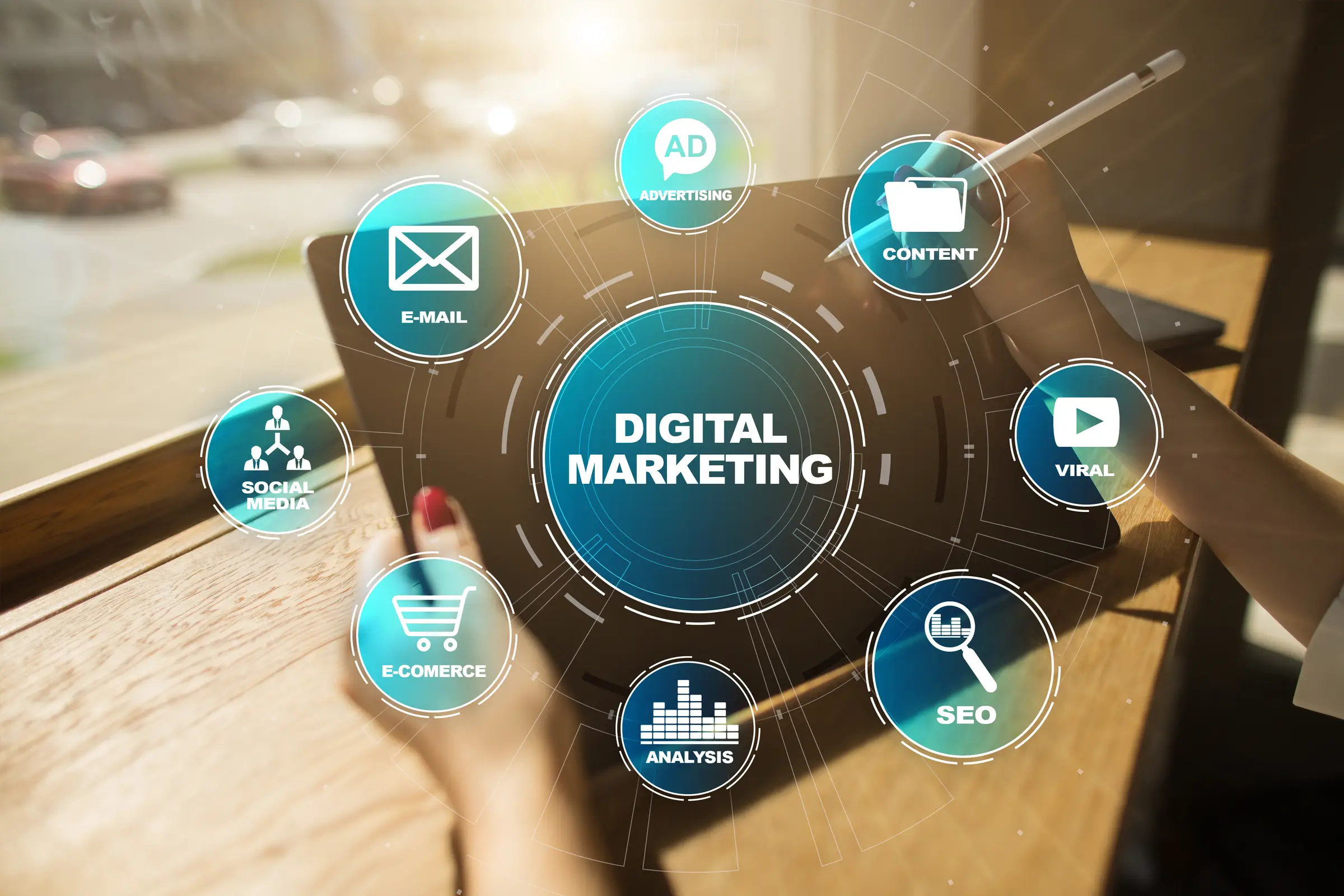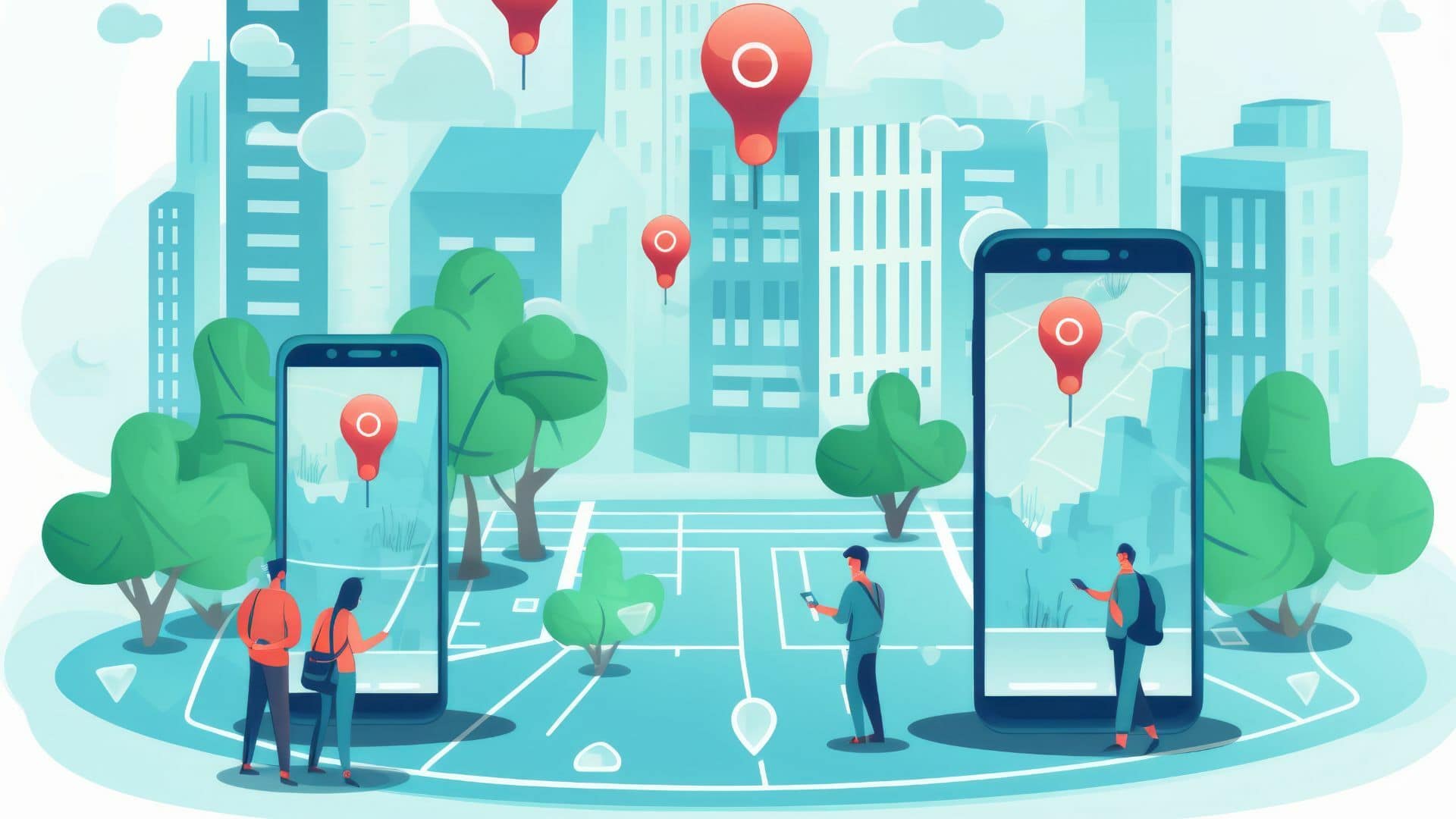To help you get started, we’ve put together a guide outlining the five essential steps to success. These steps can help you create a powerful inbound marketing strategy that drives engagement, conversions, and growth for your business. So let’s dive in and explore each step in more detail.
1. Define Your Target Audience
One of the most critical aspects of your inbound marketing strategy is defining your buyer personas. By fully understanding your target audience, including their needs, goals, pain points, and purchase patterns, your content can guide them toward the most efficient path to becoming a customer.
Narrowing your target audience should include these considerations:
- What are their search habits?
- What are their primary pain points?
- What questions do they have?
- Where do they go for information?
- How are they accessing this information?
- What are they looking to learn more about?
Once you have defined your target audience, you can break them down into smaller groups based on shared characteristics. By segmenting your audience around the customer lifecycle, you can identify which groups are most likely to engage with your brand and tailor your messaging and content to appeal to their unique needs and preferences. In this way, segment audiences can help you create more effective content marketing campaigns that resonate.
Audience segmentation can have a significant impact on the sales funnel or customer journey. In a three-stage funnel, you can:
- Top of the funnel: Attract – By creating content that speaks directly to the interest and pain points of specific audience segments, you can increase the chances of them clicking through to learn more about your products or services.
- Middle of the funnel: Nurture – By delivering personalized messages, you can help move your audience closer to a purchase decision.
- Bottom of the funnel: Close – By delivering messages to those most likely to buy you can optimize your sales process and increase revenue.
2. Design Your Goals
To create a successful inbound marketing campaign, you need to have specific, measurable goals in place. For each aspect of your marketing plan, you will need to define a goal that is SMART (specific, measurable, attainable, relevant, and time-bound).
Analyze how your website is currently performing. How much organic traffic are you currently bringing in? Are users converting, and if so, what is the conversion rate? When setting your campaign goals, you’ll want to look at key performance indicators such as:
- Monthly inbound traffic – How many users are arriving on your website each month through inbound channels?
- Monthly inbound leads – When users are finding their way to your site, are they converting?
- Sources of traffic – How are users finding their way to your website (SEO, PPC, social media, email newsletters, etc.)?
- Devices used– How many visitors are using mobile devices or desktops when visiting your site?
- Customer retention – How many repeat customers are visiting your website through inbound channels?
- Social proof – How many of your customers are providing compelling 5-star reviews about their customer experience?
3. Create Compelling Content
Creating compelling content is essential for any successful content marketing strategy. Leads acquired through content marketing are 80% less expensive than outbound leads. You should create compelling content that grabs the attention of your target audience and holds it long enough to convey your brand’s message, build trust and credibility, and ultimately drive action.
To create compelling content, it’s important to focus on quality over quantity. This means creating content that is well-researched, insightful and adds value to your target audience’s lives. It’s also important to use a variety of content formats, such as:
- Blog posts
- How-to guides
- Long-form articles
- eBooks
- White papers
- Case studies
- Infographics
- Videos
- Social media
- Email marketing
- Webinars
- Podcasts
- Testimonials
4. Drive Traffic to Your Content
It’s important to develop content that is designed for Search Engine Optimization (SEO). SEO is the process of optimizing your website’s content and structure so that it appears at the top of search engine results pages for relevant queries.
By appearing at the top of search engine results pages (SERP), yo increase the visibility and credibility of your brand, making it more likely that potential customers will click through to your website. If your website is optimized for lead generation, you can capture the contact information of these potential customers and nurture them into leads.
Effective lead-generation strategies include:
- Creating compelling calls to action (CTAs)
- Using landing pages to capture visitor information
- Creating valuable content offers that incentives visitors to exchange their contact information
As your content begins to rank higher in search results, you will want to focus on content promotion through your business’s communication channels such as:
- Social media marketing – As new blogs or infographics are created, promote them through your company’s social media channels. For each piece of content, create a few social media posts centered around each specific piece. This will allow you to promote the same pieces a few times throughout the campaign period, increasing the opportunity to reach a broader audience. Experiment with posting these on different days and times and analyze the reporting insights to uncover any patterns.
- Email marketing – Do you have a list of former customers? Do you have a way to collect email addresses from potential customers? A strong email marketing strategy allows you to get your email directly into the inbox of your target audience. Use your content in a lead-nurturing drip (marketing automation) campaign to share high-quality and valuable information with prospective customers.
- Outbound marketing – Just because you’re focusing on an inbound marketing campaign that doesn’t mean you should completely ignore outbound marketing channels! Use the content from your inbound campaign to supplement your outbound marketing. Find ways to incorporate the case studies, blogs, videos, and more into your sales emails or paid advertisements.
5. Nurture Your Leads
Nurturing leads acquired through content marketing is important because positively interacting with your brand can significantly increase the chances of converting them into paying customers. Contact marketing can attract visitors to your website or social media channels and capture their contact information, but these leads are often not yet ready to make a purchase.
Nurturing involves providing valuable and relevant content throughout multiple customer touchpoints that helps them move along the buyer’s journey and become more informed about their problem or need. By delivering targeted messaging and offers that address their unique needs and pain points, you can build trust and establish your brand as a trusted authority in your industry.
Nurturing leads also helps keep your brand top-of-mind among potential customers who may not be ready to make a purchase immediately but will consider your brand when they are.
Effective lead nurturing strategies include marketing tools such as:
- Email campaigns – Use email marketing tools to deliver targeted email campaigns with personalized messaging and relevant content that speaks directly to each lead’s unique needs and interests.
- Retargeting ads – Use retargeting ads to follow up with leads who have already shown interest in your brand by visiting your website or engaging with your content on social media.
- Custom landing pages – Create custom landing pages for different segments of your audience that deliver tailored content and offers based on their interests and needs.
- Webinars – Host webinars on topics that are relevant to your audience’s needs and provide valuable insights and information that can help them make informed purchase decisions.
- Social media engagement – Engage with leads on social media by answering their questions, responding to comments, and sharing valuable content that speaks to their interests and needs.
- Lead scoring – Implement lead scoring to prioritize your efforts on leads that are most likely to convert to customers based on their level of interest and engagement.
Lead nurturing isn’t just about driving conversions — it can also improve customer satisfaction and build customer loyalty. By consistently delivering helpful content that adds value to their lives, you can strengthen your relationship with your customers and keep them engaged and satisfied.
Getting Started with Digital Marketing
If you’re looking to grow your business with digital marketing, schedule a free consultation with our team. Together we can develop a plan that will drive growth for your business.
Blog Last Updated on 2 months by New Path Digital






